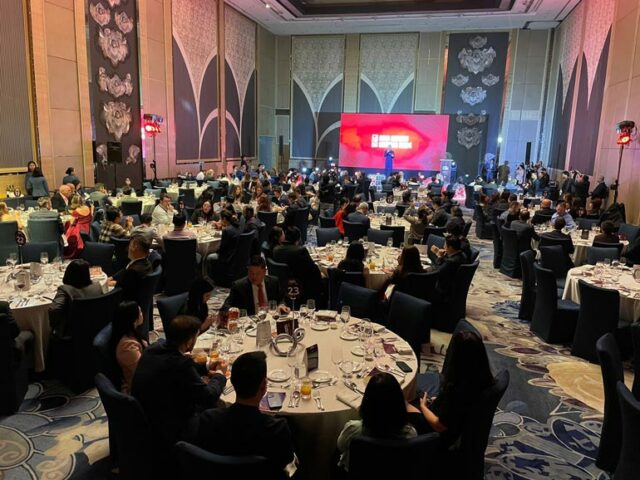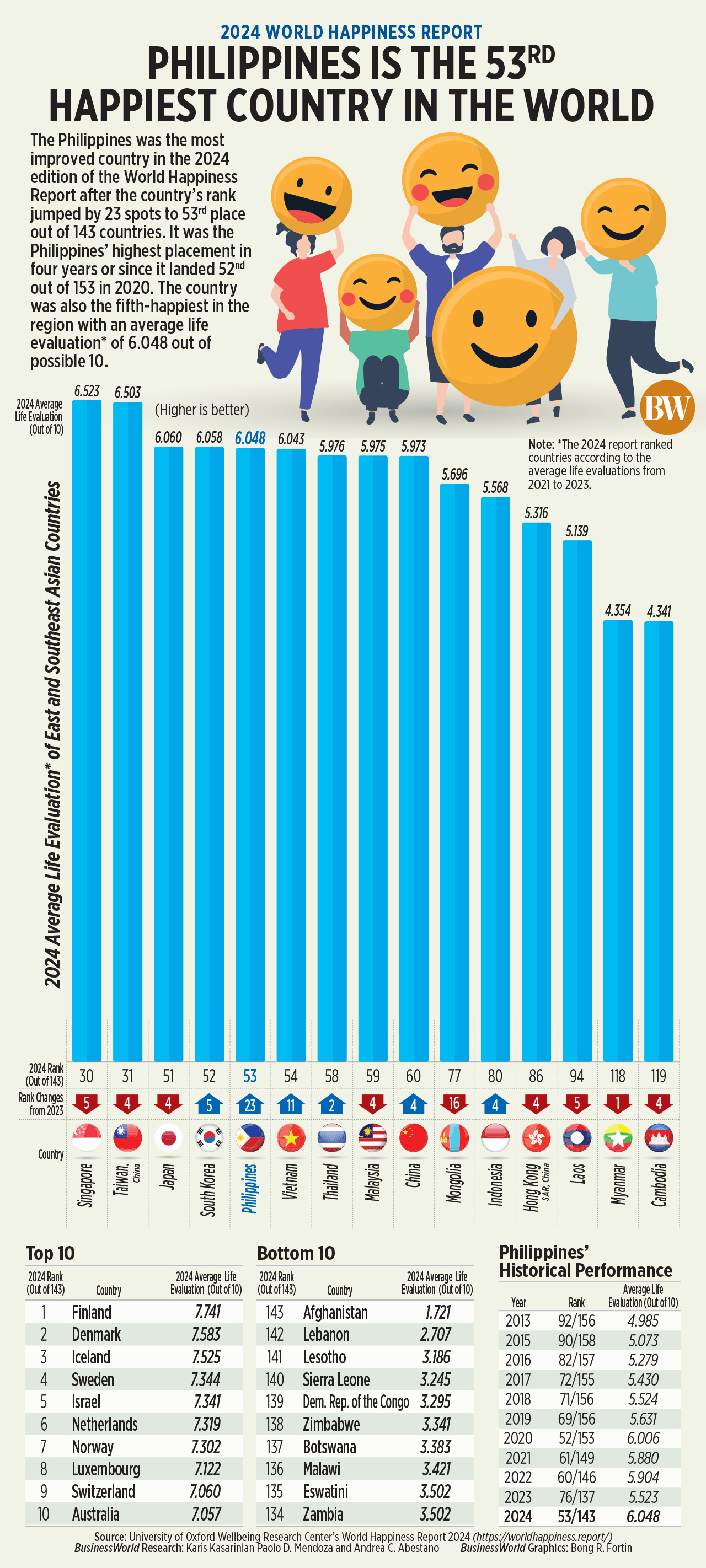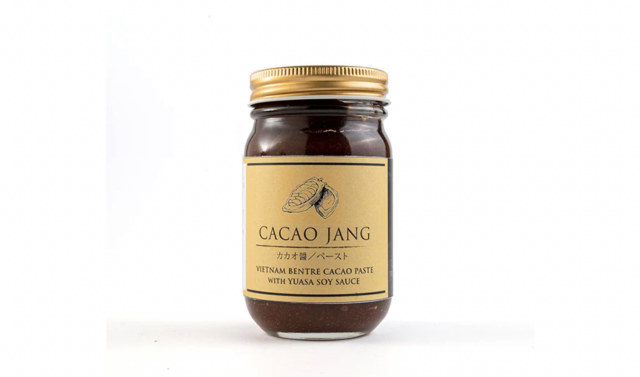2024 Asia Gaming Awards winners announced
The second day of the 2024 ASEAN Gaming Summit ended with another highly anticipated edition of the Asia Gaming Awards.
Among the awards bestowed over the night were the highly-coveted Best Operator and Best Integrated Resort, while three individual Industry Leaders were honored for their achievements.
The honorees were Lorraine Koo, corporate COO of Dowinn Group; Joe Pisano, CEO of Jade Entertainment; and Pepe Costa, country manager for FBM.
“We are here to celebrate the remarkable achievements of every Asian gaming industry. The focus tonight is to award gaming excellence, be it land-based casinos or online gaming,” noted Daniel Cecilio, general manager of the Licensing and Regulatory Group for PAGCOR, in an officiating speech for the awards.
“We also recognize the paramount importance of responsible gaming; as custodians of this industry it is our collective responsibility to assure a safe and enjoyable gaming environment for all,” he furthered.
“We’d like to congratulate all of our winners and nominees on their incredible and ongoing contributions to the gaming industry. The Asia Gaming Awards serves as a platform to honor the hard work and innovation that they exhaustively produce. Tonight was a celebration of these efforts, and we can’t wait to see what’s in store next,” said ASEAN Gaming Summit organizer Luis Pereira, managing director at Asia Gaming Brief, at the closing of the 2024 Asia Gaming Awards Ceremony.
“The number of Award recipients hailing from the Philippines epitomizes what was exemplified at ASEAN: that the industry has its collective sights on this market, arguably the most dynamic in the region. The Philippines: leading the way.”
The full list of winners at the 2024 Asia Gaming Awards:
- Best Newcomer — Pronet Gaming
- Best Sustainability Program — Newport World Resorts
- Best Responsible Gaming Program — Melco Resorts & Entertainment
- Best Slot Product (Land-based) — Aristocrat
- Best Online Slot Game Solution — Casino Plus
- Best Table Game Solution — Walker Digital Table Systems
- Best Live Dealer Solution — SA Gaming
- Best Electronic Table Gaming Solution — Light & Wonder
- Best One-Stop Platform Solution — Softswiss
- Best eSports Solution — Oddin
- Best Cash Handling Product — EVERI
- Best Fantasy/Virtuals Solution — Pascal Gaming
- Best Affiliate Marketing Solution — Affika by SOFTSWISS
- Best Online Sports Betting Solution — Digitain
- Best Integrated Resort — Solaire Resort & Casino
- Outstanding contribution in CSR — FBM Foundation
- Best Gaming Operator — Bloomberry Resorts
The outstanding leaders honored:
- Lorraine Koo, Corporate CEO — Dowinn Group
- Joe Pisano, CEO — Jade Entertainment
- Pepe Costa, Country Manager — FBM
Spotlight is BusinessWorld’s sponsored section that allows advertisers to amplify their brand and connect with BusinessWorld’s audience by publishing their stories on the BusinessWorld Web site. For more information, send an email to online@bworldonline.com.
Join us on Viber at https://bit.ly/3hv6bLA to get more updates and subscribe to BusinessWorld’s titles and get exclusive content through www.bworld-x.com.














